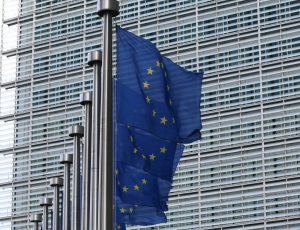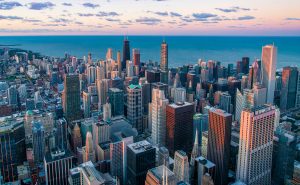Hawaii should focus its climate agenda on prioritizing adaptation to the most serious climate risks
Date: November 30, 2020
This article was originally published in the Honululu Star-Advertiser on December 12th, 2021
Last month, delegates of Hawaii’s state government attended the 26th UN Conference of Parties meeting in Glasgow, Scotland, to communicate to the world that Hawaii is setting new climate related targets, referred to as High (HI) Impact Actions. Although the High Impact Actions have five stated themes, climate mitigation appears to be the focus.
While it’s important State and local officials do everything possible to address climate change, I believe an emphasis on mitigation is a mistake. Hawaii’s total emissions are inconsequential at a national or global level. Therefore, these mitigation efforts will amount to little more than a symbolic contribution to limit global warming to 1.5C above pre-industrial levels.
The headline goal for the High Impact Actions is for the State to achieve net negative emissions. Several of the other new goals regard improving energy efficiency of government buildings and transitioning public vehicle fleets to electric vehicles – goals that mitigate current emissions related to energy and transport.
However, Hawaii’s energy related carbon dioxide emissions for 2018, the latest year for which data are available from the Energy Information Agency, part of the US Department of Energy, were 20.5 million metric tons. This is 0.4% of energy-related carbon dioxide emissions for the country, 43rd out of 50 States and the District of Colombia. Investing time, attention, and resources to combat climate change by reducing the State’s total emissions is tilting at electric windmills.
Rather than continue to emphasize Hawaii’s efforts to reduce its emissions, local officials should focus first and foremost on adapting to the specific climate risks Hawaii’s citizens face.
Current adaptation efforts to date are insufficient. Despite the many adaptations plans and proposals the State and City and County of Honolulu have announced, the Global Adaptation Initiative’s Urban Adaptation Assessment, which is part of the University of Notre Dame, rates Honolulu “low” on its readiness score and “high” on its risk score, meaning the city is not doing enough to prepare for impending climate change risks.
The current adaptation goals in the High Impact Actions emphasize sea level rise, county-level planning, and water and waste infrastructure. But there are other questions unanswered by these new actions that need to be addressed concretely: How will slow-moving issues already occurring, such as rising day-time temperatures, be adapted to in the immediate future? How prepared are State and County officials in the event of sudden acute threats, such as a severe hurricane or intense flooding? And what role will the private sector play in addressing these risks which will ultimately impose climate-related costs on their businesses?
Finally, other considerations, like equity, resilience and sequestration in the High Impact Actions should take a back seat to adaptation because they threaten to distract from answering these questions. That does not mean these issues are unimportant, it simply means they are less important than the preservation of day-to-day life in Hawaii.
How State and county-level officials intend to concretely adapt Hawaii to existential climate threats should be the priority of any new climate agendas, not making global announcements or setting new emissions targets.















